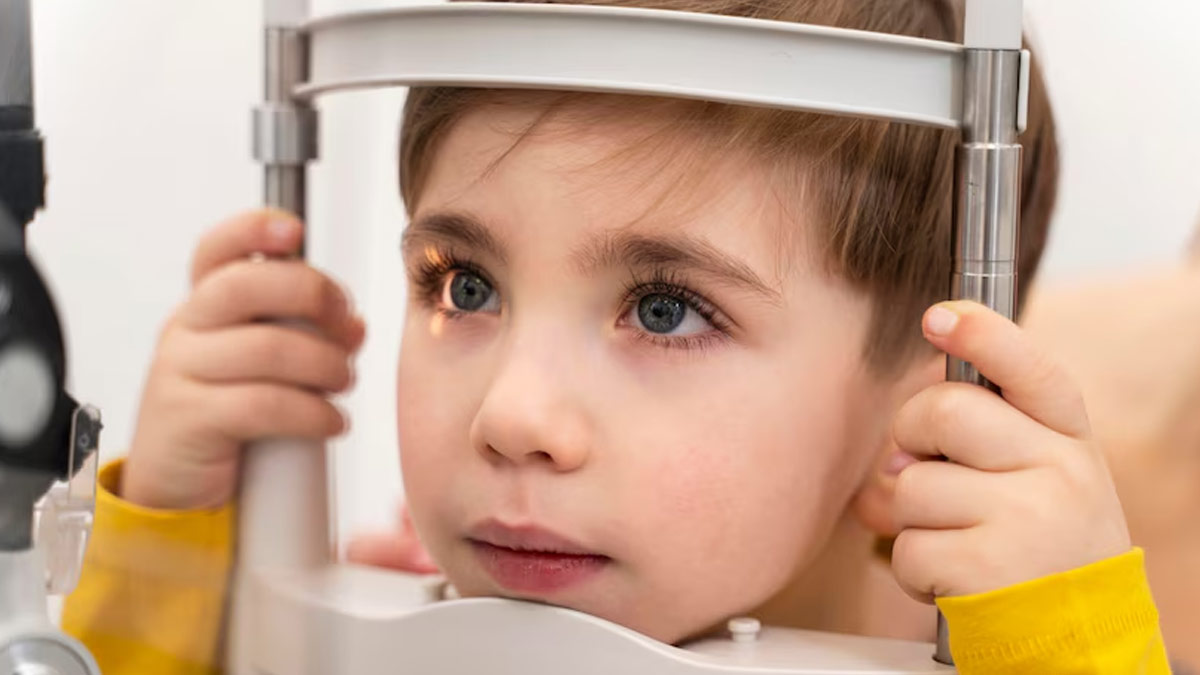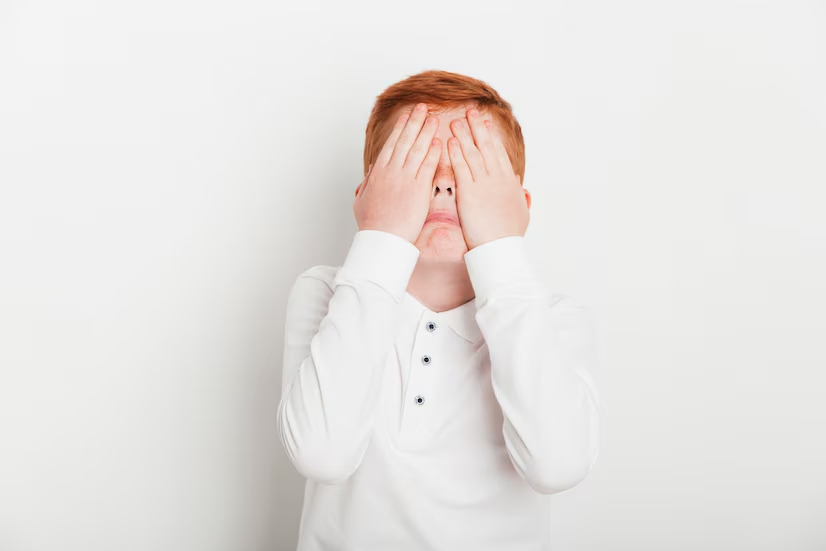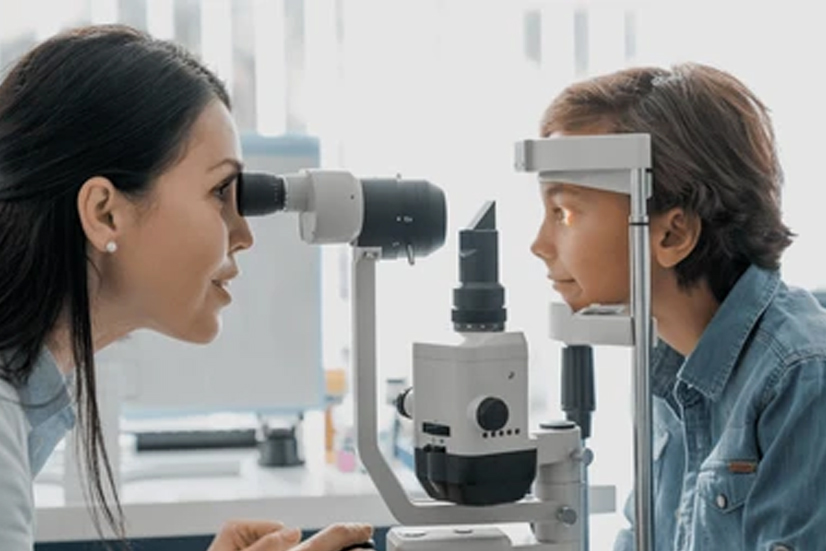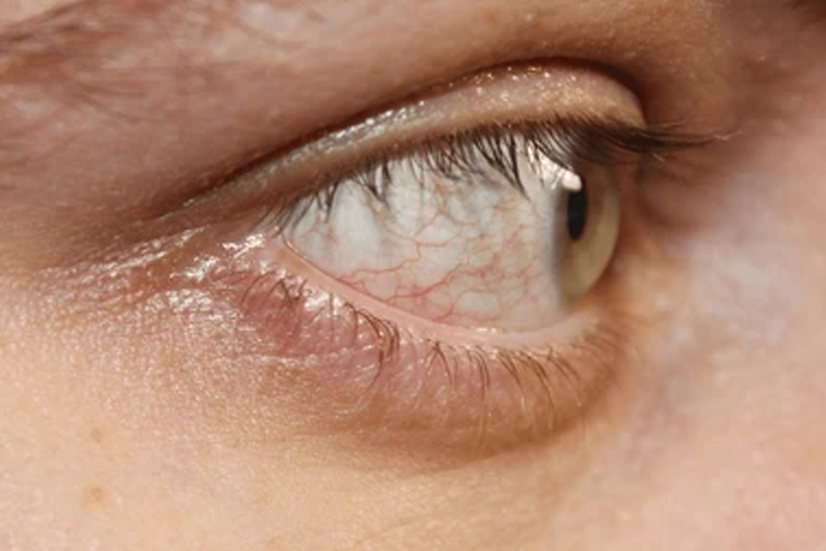
Cataract is a medical condition characterised by the clouding of the lenses in the eyes. It is a natural part of the ageing process when the eye's lens loses its transparency. However, have you ever heard of cataract in children? Cataracts can also occur prematurely in children at birth or even later. While it sounds bizarre, it is true but less common in children. It blurs the vision and can cause discomfort to perform day to day activities.
Table of Content:-
To understand cataract in children and its early signs, OnlyMyHealth team interacted with Dr Savitha Arun, Director, Medical Superintendent & Senior Consultant - Anterior Segment and Electrophysiology, Nethradhama Super Specialty Eye Hospital, Bengaluru.
Cataract In Children
Explaining the causes, Dr Savitha Arun said, “Cataracts develop in children after birth due to various factors such as trauma, infections or certain diseases in the mother. However, congenital cataract is a condition where the lens of the eyes is cloudy instead of being clear during birth, making them opaque. Today, cataract has become a leading cause of childhood blindness in kids as well.” Understanding the signs and symptoms of cataracts in children can lead to prompt medical attention and better outcomes. Here are nine early warning signs and symptoms listed down by Dr Arun that may indicate the presence of cataracts in children.
1. Blurred or Dim Vision
One of the earliest and most common symptoms of cataracts is blurred vision. Children may often struggle to see details. However, according to Dr Arun, they may not complain as they are too young to appreciate it. This can also affect their ability to perform daily tasks. Parents should be vigilant, observant and report to the eye doctor at the earliest.
Also read: How To Keep Your Child’s Eyesight In Check? Here Are Expert-approved Tips
2. Hypersensitivity to Light

Cataracts can make your eyes more sensitive to light, a condition better known as photophobia. “Bright lights can be uncomfortable and sometimes painful, causing children to squint, cover their eyes or turn away from light,” she said.
3. Impacts Vision in Dim or Low Light
Cataracts can make it challenging for children to see in dim lighting conditions. “Certain activities like reading at bedtime or playing at night in low light become difficult, as reduced light impairs the already affected clouded vision,” Dr Arun explained.
4. Squinting or Tilting Head
Cataracts can cause halos or glares around lights. Children might squint or tilt their heads sideways to see better or reduce the glare. Such actions are coping mechanisms to maximise the remaining vision and symptoms of cataract.
5. White Reflex in the Eyes
“The Glow, medically known as Leukocoria, an abnormal pupillary white reflex, is often the first sign of serious intraocular disorders, including congenital cataracts in children. It is an abnormal reflection from the retina of the eye, which can be seen in low light or in photos where a flash has been used,” Dr Arun explained.

6. Delay in Eye Movement and Vision Development
Children with cataracts may experience delayed development of their vision. “A child may not be able to track moving objects quickly, recognise familiar faces, or engage with their surroundings normally as expected,” she warned.
7. Difficulty in Performing Fine Tasks
Cataracts in children can disturb their ability to concentrate on close-up objects, catch a ball, activities in school like reading and writing or any fine work that makes detailing challenging.
8. Abnormal Eye Movements
Children with cataracts may develop nystagmus, characterised by involuntary eye movements, or strabismus, commonly known as crossed eyes. Advising, Dr Arun said, “Such eye movements can indicate visual impairment and calls for further examination.”

Also read: Do You Splash Tap Water Into Your Eyes Every Morning To Wash Them? Here’s A Word From Expert
9. Frequent Prescription Changes
If children with refractive errors need frequent refractive adjustments, it could also indicate the onset of cataracts. As the condition progresses, it alters the eye’s refractive power, resulting in rapid vision changes.
Conclusion
Cataracts can be the cause of loss of vision making it important for parents to look after their children if they experience any of the above symptoms. A regular eye check up is advisable to protect your child’s eyesight and if any symptoms surface, an early detection can help treat it at the earliest.
Also watch this video
How we keep this article up to date:
We work with experts and keep a close eye on the latest in health and wellness. Whenever there is a new research or helpful information, we update our articles with accurate and useful advice.
Current Version